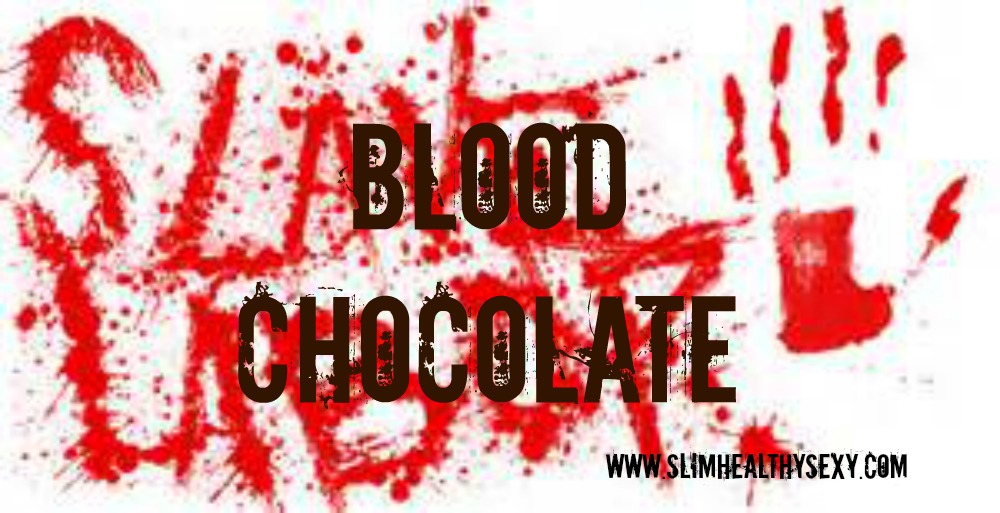Blood Chocolate

I hate to burst your chocolate bubble, but you could be eating blood chocolate!!!! That’s right, you could be munching on a bar of chocolate that came from the sweat and tears….and blood from a child who is being forced into child slavery. You probably heard of Blood Diamonds, and I wrote a blog on […]